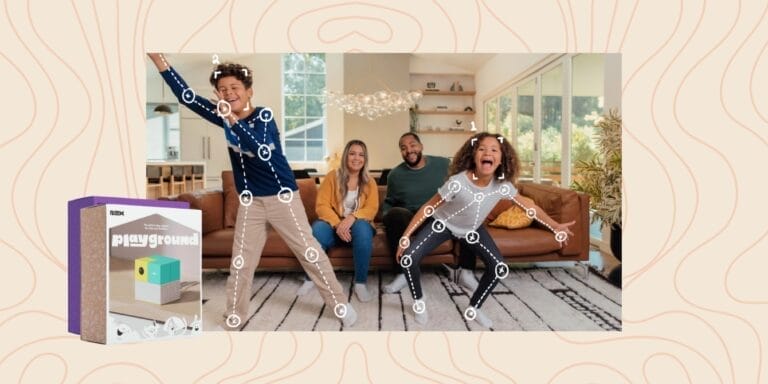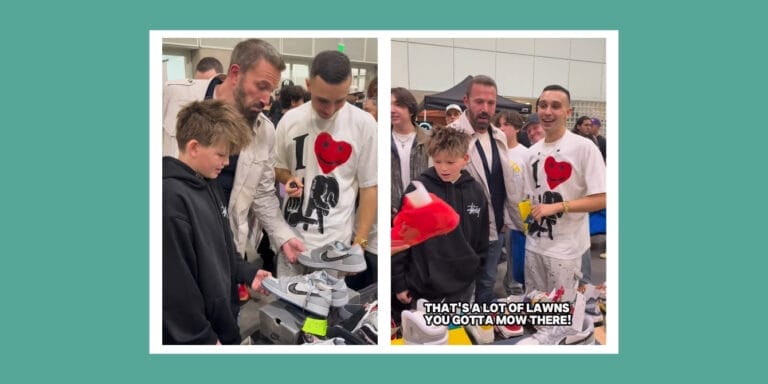Mama’s little helper:How to promote helping behavior in your toddler

Want your child to help out more with everyday tasks? It's all in the timing.
Table of Contents
As a child psychologist, I could tell you all about the positive outcomes of your child’s prosocial behaviors. (More on that here.) It’s true: When children learn to help others, they gain valuable interpersonal and perspective-taking skills that will benefit them throughout their lives.
But as a mama, I can tell you that it just makes life easier to have a tiny (and adorable) personal assistant lending a hand around the house. So how can we promote helping behaviors in our little ones? It’s all in the timing!
A 2015 study from the University of California examined children’s helping behaviors from 11 to 24 months and found that most tots begin helping others around their first birthday. What’s more? How parents choose to encourage helping behaviors (and when) is directly related to children’s decisions to help out.

The study, published in the journal Child Development, found that encouraging, praising, and thanking children for their help around the first year (13-15 months) was related to more helping behaviors around the second year (19-24 months). Interestingly, praising and thanking children for their help at 19 months was related to less helping behavior at 24 months.
Positive responses to children’s help seem to promote more helping behaviors when our little ones are first learning these skills. But as our tots become more proficient at helping, reinforcement may not be needed as much and may undermine intrinsic desires to help.
Of course, if you are asking for help with something that your older child has no interest in, it probably doesn’t hurt to acknowledge their efforts. (Who wouldn’t appreciate a pat on the back for folding that daily mountain of laundry?)
What are some different ways that little ones can help out around the home?
- Sweeping floors
- Putting clothes in the washer
- Setting on the table
- Putting toys away
- Participating in getting dressed
- Fetching needed items
At the end of the day, the best way to foster helping behaviors is to promote intrinsic motivation to help. In order to encourage a genuine desire to help, let’s take a minute to explore the mind of the toddler (scary, I know)…
Why exactly do toddlers want to help?
According to the UC study, a few things may motivate our little ones.
- They enjoy helping because they get to be involved with you, mama.
- They love the feeling of accomplishing an assigned task (just like adults do).
- They enjoy mastering new motor skills (almost as much as we enjoy them mastering the art of sweeping).
- They like imitating our actions, so joining in on chores allows them to engage in the highest form of flattery.
When they get a bit older, they enjoy correcting wrongs. If the TV remote is in the wrong spot, just watch your tot remedy this dire situation. By the time they are 2, they have an intrinsic desire to see people receive the help that they need… and what could be sweeter than that?
A version of this post was originally published April 4, 2016. It has been updated.


































